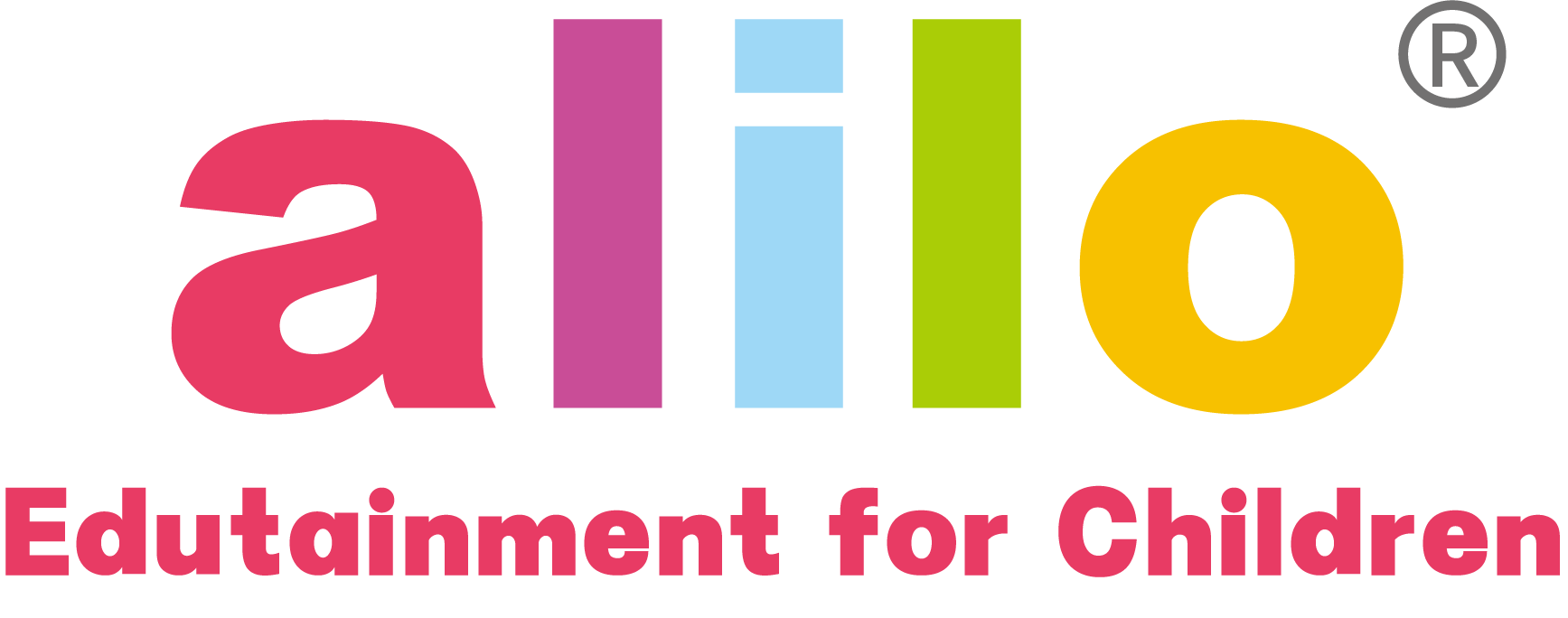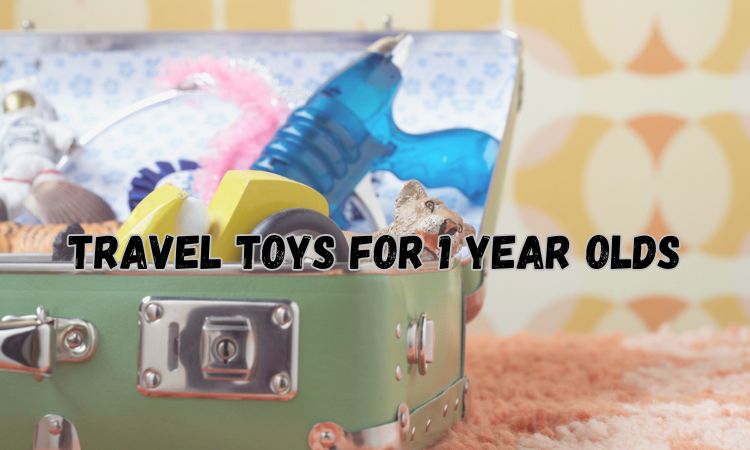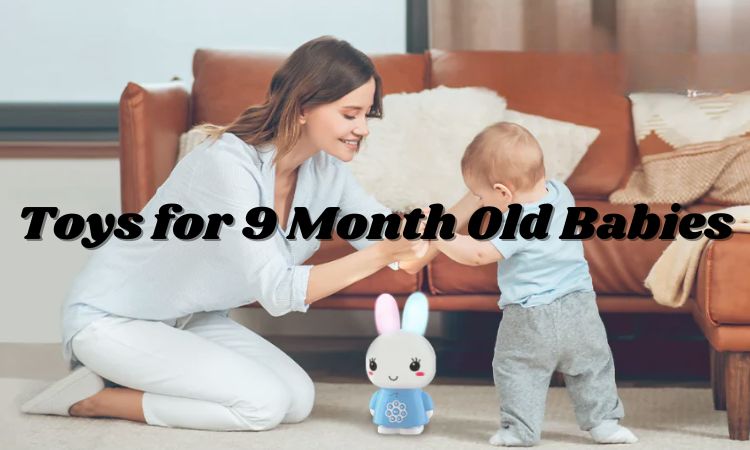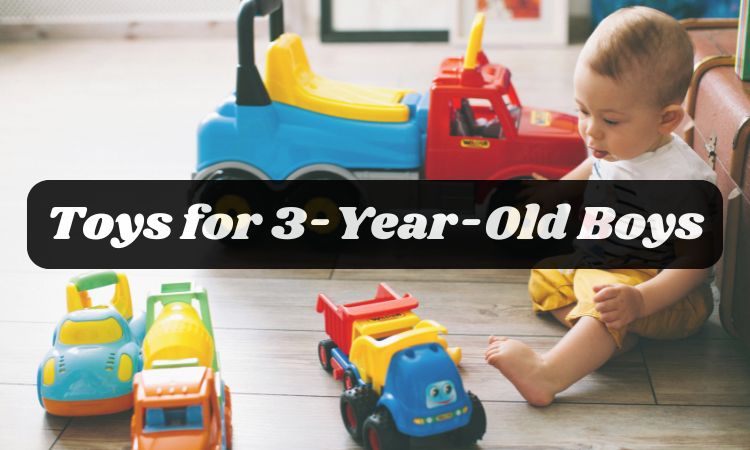How to Organize Children’s Toys: Effective Strategies
If you’ve got kids, you’ve probably stepped on a tiny toy in the dark or watched the toy clutter slowly take over every room of the house—I know I have. It can feel like no matter how often we tidy up, the toys just keep multiplying. That’s why finding a practical, sustainable way to manage your children’s playthings is a sanity saver.
In this blog, we’ll walk through practical tips on how to organize children's toys—like sorting through the clutter, creating dedicated storage spaces, and setting up play zones that actually stay tidy. Ready to bring some order to the chaos? Let’s get started!

Alt: How to declutter toys
How to Organize Children’s Toys?
Turning a chaotic play area into a tidy, organized space is simpler than it might seem. Let’s get started with a few simple steps.
Declutter First
First things first—take stock of all the toys your kids have. How to declutter toys? Gather them in one spot so you can see what’s what. Broken toys? Time to toss them. Outgrown ones? Put them aside. Unsure about some? Stick them in a “maybe” pile and see if anyone notices they’re gone over the next month. If no one misses them, you know what to do. Starting with less stuff is the easiest way to get a handle on the clutter—and trust me, it feels great to clear out that jumble of toys.
Make Donation Piles
Once you’ve sorted things out, start a pile of toys that are still in good shape and ready for a new home. Stuffed animals that haven’t seen too much wear, puzzles with all their pieces, board games that still have their instructions—these are the kinds of things other kids would love. Just be sure they’re clean and not missing parts. Local community centers, schools, or shelters are always happy to take gently-loved toys off your hands. It’s a simple way to give back, clear out some space, and make another child happy.
Categorize and Sort
With the keepers in hand, start sorting them into categories. Stack all the building blocks together, gather the puzzles in one place, and line up the action figures. You get the idea. Using clear bins or boxes with labels can really help.
Another helpful approach is sorting toys by age. For example, have a bin for toddler-safe toys—soft blocks, chunky puzzles, shape sorters—and another for preschoolers with matching games, trains, or educational tools like the reading pen. This way, each child can easily grab what’s suitable for them without digging through toys meant for someone else.

Alt: Alilo Interactive Reading Pen Set
Choose the Right Storage Solutions
Once you’ve decluttered, choose storage solutions that fit the toys and your space. Use clear bins, soft fabric bins, or stackable boxes, and consider shelving units with cubbies or baskets for easier access and tidier organization. Here are a few more ideas to get you started:
l Clear plastic bins: These are great for building blocks, craft supplies, or any smaller toys.
l Labeled baskets or bins: Perfect for things like dolls, action figures, or baby music player. Adding simple labels will make it easy to find.
l Over-the-door organizers: Use these for smaller stuffed animals, art supplies, or little games. They save floor space and keep items within reach.
l Toy chests or storage benches: These are a lifesaver for bulky toys or sports gear. They’re also sturdy enough to double as seating, making them a practical choice.
l Cube organizers or stackable bins: Great for puzzles, books, or board games. You can set them up however you like and add more as your collection grows.

Alt: Alilo Baby Bunny Versatile Story Music Player
Create Designated Play Areas
It helps a ton to have specific spots for different kinds of play. Maybe a corner of the living room is where the blocks and cars live, while the bedroom has the reading nook and stuffed animals. Setting up these zones keeps the toys from creeping into every room of the house. It also makes it easier for your kids to know where their things belong, so they can help keep the place looking nice.
Rotate Toys to Reduce Clutter
You know how your kids get bored of their toys sometimes? That’s when rotating toys comes in handy. Put some away for a while, then swap them back in after a few weeks. Suddenly, those old toys feel new and exciting again! Plus, having fewer toys out at once makes it easier to keep everything organized. It’s like a little toy refresh that helps everyone stay on top of the mess—and your kids will always have something fun to look forward to.
Tips for Maintaining an Organized Play Area
Keeping toys organized requires not only knowing how to declutter kids’ toys, but also sticking to it over time. Here are some simple tips to help you maintain a tidy, enjoyable play space over the long term.
l Encourage your children to put toys away after each play session.
l Make clean-up a fun, daily routine by turning it into a game.
l Set a weekly “organization day” to reassess the toy collection, decluttering as needed.
l Limit new toy purchases to avoid overwhelming your current system.
l Keep labels and categories consistent so kids learn where everything goes.
Conclusion
Learning how to organize children's toys might seem like a big job, but it’s actually easier than it sounds. Start by getting rid of things they no longer play with, sort the remaining toys into categories, and find some practical storage options. Before you know it, you’ll have a play area that’s more manageable and way more enjoyable for the whole family. Plus, showing your kids how to keep things neat is a great life lesson. Just take it step by step, and soon your home will feel a whole lot tidier and less chaotic.
FAQs about How to Organize Children's Toys
What is the 20-toy rule?
The “20-toy rule” is a simple guideline suggesting that a child only needs about 20 toys at a time. The idea is that fewer toys encourage better play, less clutter, and an easier clean-up routine. Rotating toys in and out helps maintain variety without overwhelming the play space.
How do you organize children's toys when they are everywhere?
Start by gathering all the toys into one central location. Then, follow a step-by-step process: declutter, donate, sort by category, and assign a home for each item. Consider clear bins, labeled shelves, and creating designated play zones to keep everything tidy and easy to find.
How do you organize a large number of toys in a small space?
Maximize vertical space with shelves, stackable bins, and wall-mounted organizers. Use furniture with built-in storage, like ottomans or beds with drawers. Rotate toys to reduce the total number on display, and store rarely used items in a closet or under the bed.
How do you organize toys without a playroom?
When you don’t have a dedicated playroom, look for multifunctional storage options. Use storage cubes that fit under coffee tables, benches with hidden compartments, or stylish baskets that blend with your décor. Designate specific areas in each room for certain toys, ensuring they stay contained and easy to access.







Share and get 5% off!
Simply share this product on one of the following social networks and you will unlock 15% off!